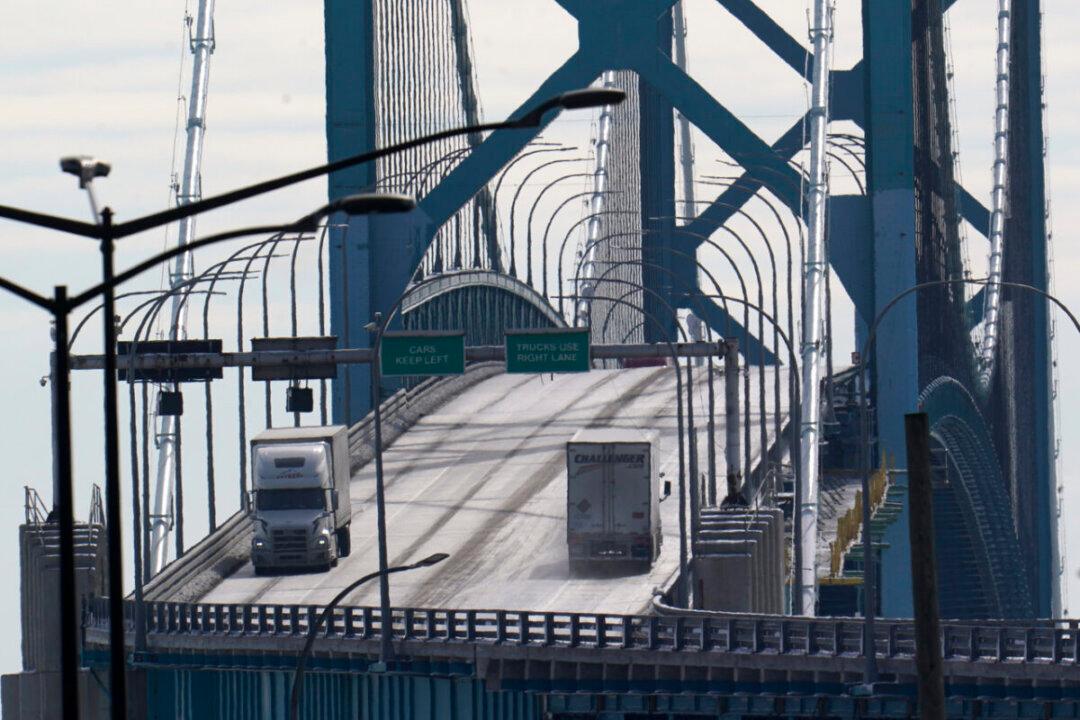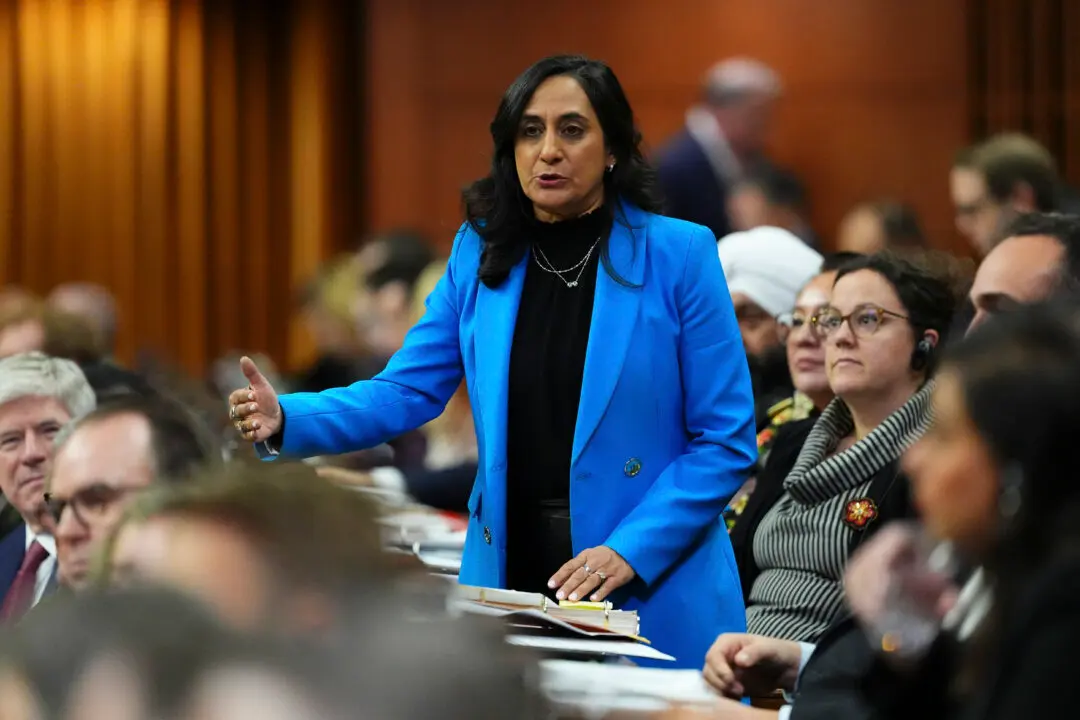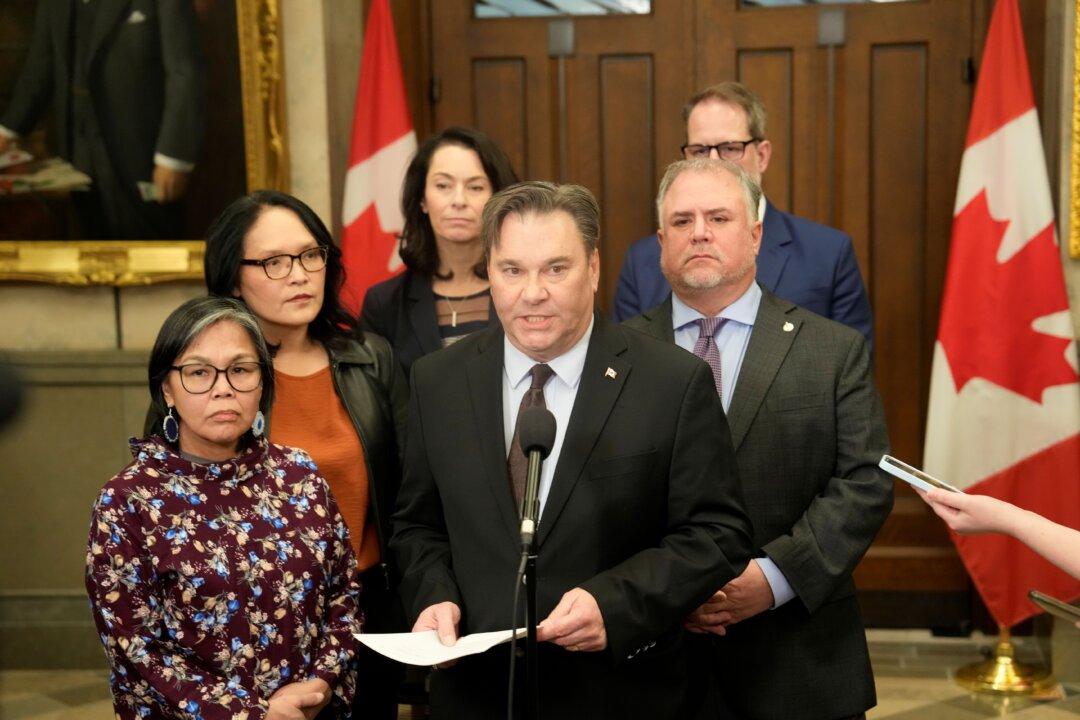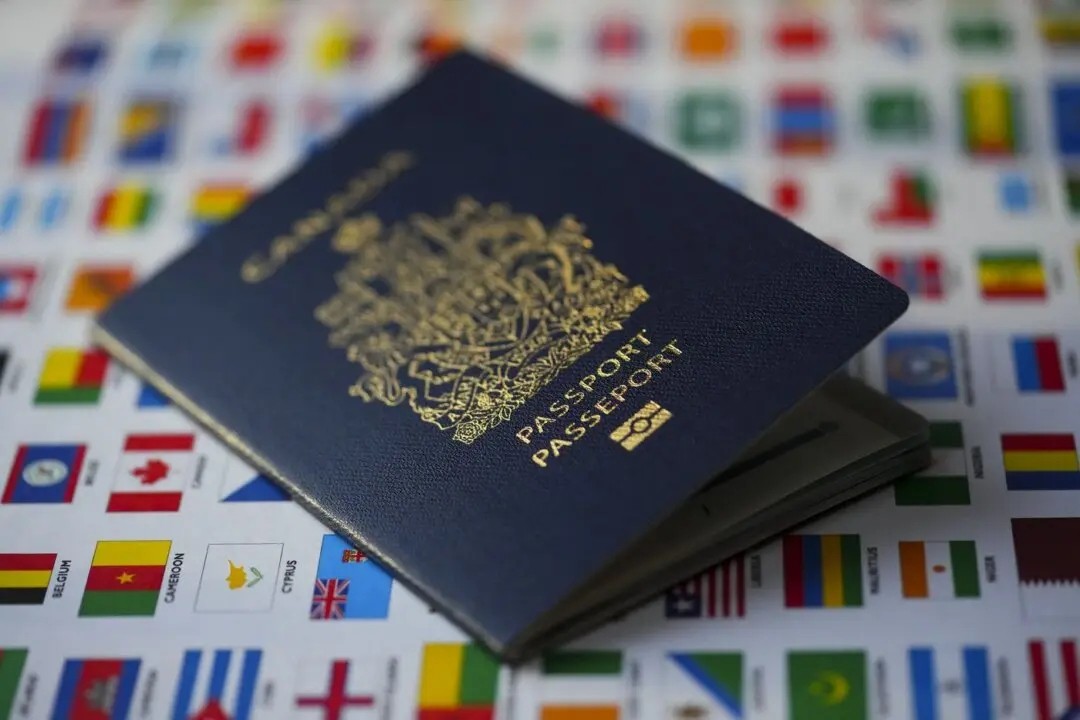Internal government documents show the costs incurred during the Ambassador Bridge blockade earlier this year were much lower than what the federal government stated publicly.
At a press conference on Feb. 14—the day the federal government invoked the Emergencies Act—Finance Minister Chrystia Freeland told reporters that the protest blocking the Windsor, Ontario, crossing to Detroit cost the Canadian economy nearly $400 million a day.





